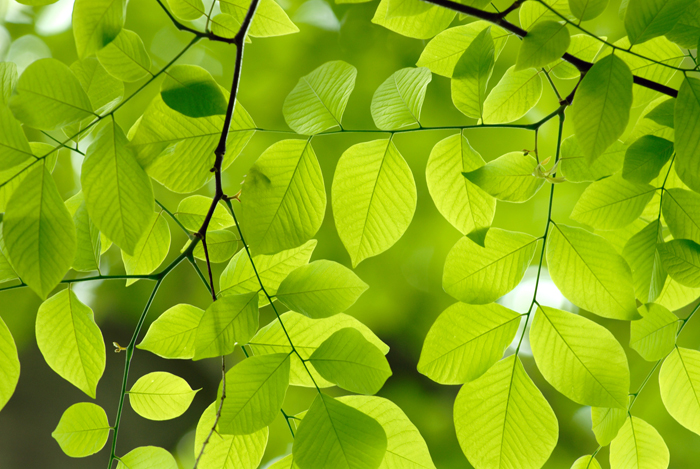What is Green Cleaning?
Green Cleaning – It’s not “Black & White.”
“Green” is a color. To our children, it’s what you get when you mix the primary colors, blue and yellow. To an Astronomer, it is the portion of electromagnetic radiation continuum with wavelengths of approximately 490 to 570 nanometers. To the EPA “green chemistry” means, “to promote innovative chemical technologies that reduce or eliminate the use or generation of hazardous substances in the design, manufacture, and use of chemical products.” Originally “green” meant the ingredients in cleaners were derived from plants and biodegraded easily after joining our waste streams (e.g. water treatment plants).
 To the everyday person cleaning their home, “Green” simply means something better for the environment.
To the everyday person cleaning their home, “Green” simply means something better for the environment.
Now, to define Green Cleaning we need to understand what “Better for the Environment” and “hazardous” mean. And that is where the confusion and the opportunities lie.
The Environment is a big place – as big as the Planet. Does “Green” mean safe for fish? Made from plants and not petroleum? Biodegradable? Good for the Air (less smog)? No carcinogens? Less waste in Landfills? Energy conservation? Water conservation? Sustainable ingredients?
The answer is Yes to all the above and more, provided the cleaning product still does what it was intended to do – and that is to Clean! A cleaner that does not clean well is not good for the Environment. It is a waste of resources and energy which is very “un-green”.
There are plenty of NGOs (non-governmental organizations), EPA initiatives, non-U.S. country guidelines, etc., that are setting standards and reviewing chemical ingredients and cleaners.
However, there are no standards that, if met, have been proven to be better for the Environment. Also, it is very difficult to prove a cleaner is “hazardous” for the environment. It depends on why, how and how often it is used – not just the ingredients it contains. A useful definition to help us evaluate cleaners is “Risk = Exposure x Hazard.” Any “green” standard that does not take into account exposure is incomplete.
The good news is that Environmental Groups, State legislators, the EPA and Industry are working together on continual improvement of the cleaners we use. Although the term “Green” has been with us for only the last decade or so, developing more environmentally-sound cleaning products has been the norm since the 1950s!
We learned that the biodegradability of cleaning ingredients was important in the 1950s. Industry removed ozone-harming chemicals from aerosols in the 1970s. Laws were passed to limit the use of Phosphorus in household cleaners due to Eutrophication beginning in the 1970s and continues today. All of these are examples of green initiatives that took place long before “green” came into vogue. Cleaning products have been becoming “greener” every decade – we are just finally talking about it and measuring “how green”.
So what is “Green Cleaning?” It is taking all the “yellow” and “blue” nuances of the chemistry, processing, packaging and disposal that go into creating and using a cleaning product and balancing them for environmentally safe and efficient cleaning.
Green Cleaning is the commitment to make, use and dispose of cleaners with People, the Environment and Sustainability in mind.
So is Green More Clean?
Lets Find Out.

